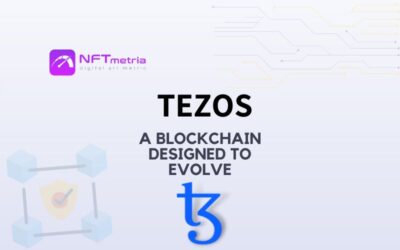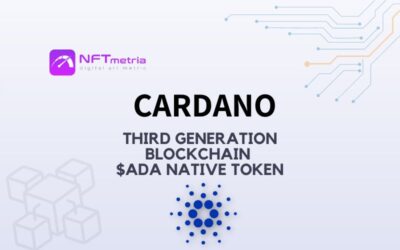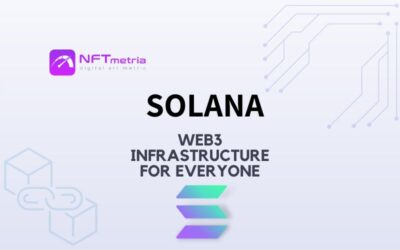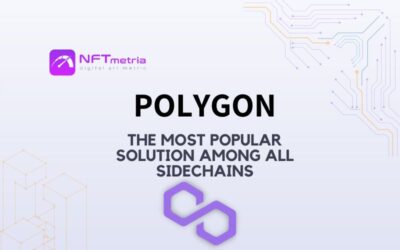The Tezos blockchain is a technological breakthrough that enables the creation of a decentralized digital society where users can interact and transact with each other securely and transparently. The unique governance mechanism in the blockchain allows stakeholders to participate in the decision-making process and update the protocol through the self-amendment process. Moreover, Tezos opens up new possibilities for creating NFTs using the functional language OCaml, and also offers less gas when creating and transacting NFTs.
What is Tezos blockchain?
Tezos is a blockchain created by Arthur Brightman and Kathleen Brightman. The main factor in Tezos is the ability to change your own protocol with self-modifying tools. In other words, the entire network can vote on changes to its own protocol, which are then implemented automatically. This creates an ecosystem that adapts to changing needs and can evolve without requiring hard forks.
Tezos is also highly secure through the use of formal verification, which ensures that smart contracts and other code on the platform are mathematically proven. This greatly reduces the risk of bugs and vulnerabilities that can lead to hacking and theft of assets.
In terms of governance, the blockchain allows stakeholders to participate in the decision-making process through a process known as “baking”. “Bakers”, or those who own a certain number of Tezos tokens, can participate in the consensus mechanism and receive rewards for this.
Moreover, the blockchain is written in the functional programming language OCaml. In addition to the new and progressive programming language, the Michelson programming language is used to write smart contracts on Tezos. Michelson, like OCaml, is a strongly typed language for writing full-fledged smart contracts like Turing. And those, in turn, allow you to formally check the program code according to a certain algorithm. This ensures that the code conforms to the specifications given by the developer. All this makes Tezos a very reliable, powerful and secure blockchain, ideal for building various complex decentralized applications.
Native token of Tezos blockchain
The native token of the Tezos blockchain is XTZ. As of 2023, XTZ is in the top 60 cryptocurrencies with a capitalization of over $850 million. The current exchange rate for XTZ is just over $0.9.
How does the Tezos blockchain work?
The blockchain runs on a consensus mechanism called Liquid Proof-of-Stake (LPoS), which prevents network centralization by allowing users to choose any number of validators to secure the network.
What’s more, LPoS has the added bonus of imposing economic sanctions if the network is under attack, providing greater security.
Here is the blockchain algorithm:
- When running, one block is added to the chain every minute.
- The algorithm ensures that the process of creating a new block is fair and decentralized.
- The user, sending a transaction, makes a request to the network, which in turn is processed by the validator.
- As a result, the transaction is executed or cancelled.
- When a transaction is executed, the validator who processed it receives a reward in the form of XTZ.
- If a user interacts with a smart contract in the network, such a transaction is also verified by the algorithm. This process is also called formal verification.
Also, the Tezos blockchain architecture consists of three key levels:
- The network layer regulates the way transactions are exchanged between network nodes
- The transaction layer is built on the unused transaction output (UTXO) model and includes various elements, including token creation, mining, and digital signatures.
- The LPoS consensus mechanism in Tezos aims to confirm transactions and prevent double spending, making it critical to the security and resilience of the network.
Elements of such an architecture are directly related to the processing of transactions and the operation of the network itself. These levels are flexible and can be updated independently of each other without requiring forks.
NFT smart contract standards for the Tezos blockchain
Tezos has two NFT smart contract standards:
- FA1.2. This is a simpler standard that is widely used for smaller projects.
- FA2. It is a more sophisticated standard offering more advanced features.
Both standards offer unique functionality and are widely used by NFT developers. Also, both standards provide the ability to create, transfer and manage NFTs.
What consensus mechanism does the Tezos blockchain use?
Tezos uses a consensus mechanism known as Liquid Proof-of-Stake (LPoS), which allows stakeholders to participate in the consensus process through the pitch process. This mechanism ensures the security, decentralization and smooth operation of the network. LPoS minimizes incentives for centralization and allows the community to participate in network governance.
What are the main applications for Tezos blockchain?
The scopes of the blockchain are as follows:
- Games;
- DeFi;
- Collectibles;
- NFTs;
- Web 3.0.
The list doesn’t end there. Above are the most popular uses for Tezos.
Tezos Ecosystem
The Tezos ecosystem consists of more than 140 dApps of different categories:
- Games,
- DeFi,
- Social,
- Marketplaces and others.
Popular dApps on the Tezos blockchain
The most popular dApps on Tezos are:
- Objkt.com,
- Sirius,
- Fxhash,
- WTZ Swap,
- QuipuSwap.
What is Tezos NFT?
Tezos NFTs are NFTs created on the Tezos blockchain. It is most commonly used for Gaming NFTs, Virtual world due to lower gas fees and speeds.
Top Tezos NFT Collections
The most popular collections on the Tezos blockchain are:
- Hic et nunc,
- Fxhash,
- Fxhash genesis.
Hic et nunc
Hic et nunc is a collection of over 718,000 NFTs. The peculiarity of the collection is that NFTs were created by different people from different parts of the world. At the moment, the volume of secondary trading in the secondary market is more than 17 million TEZ (more than $15 million).
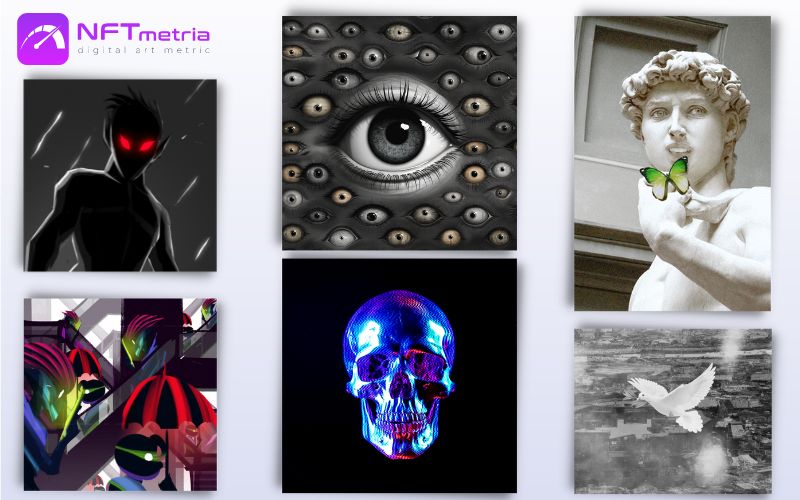
Fxhash
Fxhash is a collection featuring NFTs from a generative platform. In total, there are 1,000,000 NFTs in the collection, which are made using code. In the secondary market, the trading volume exceeds 9 million TEZ (more than $8 million).
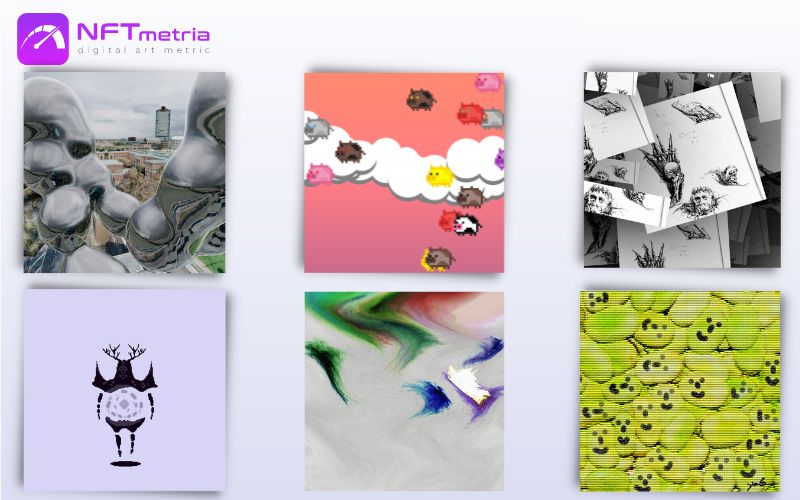
Fxhash genesis
Fxhash genesis is a collection of NFT works for the beta version of the fx hash platform, which includes over 585,000 works of generative art. The trading volume of this collection on the secondary market is more than 3.7 million TEZ (more than 3.4 million dollars).

Which wallets are suitable for holding Tezos NFTs?
Many wallets are suitable for storing NFT Tezos. The most popular wallets are:
- Trust Wallet,
- Ledger,
- Temple Wallet.
How to buy Tezos NFTs?
- Remember that initially you need to connect your crypto wallet with self-storage on the marketplace of your choice.
- Next, find the official collection using the search bar on the marketplace.
- Analyze and choose the NFT you want to buy; click on it and then on the “Buy” button.
- When buying, consider the cost of transaction fees.
Where to buy Tezos NFTs?
You can buy Tezos NFTs on marketplaces.
Here are the most popular among them:
- Rarible,
- Objkt,
- OneOf,
- Kalamint,
- FxHash,
- Versum.

